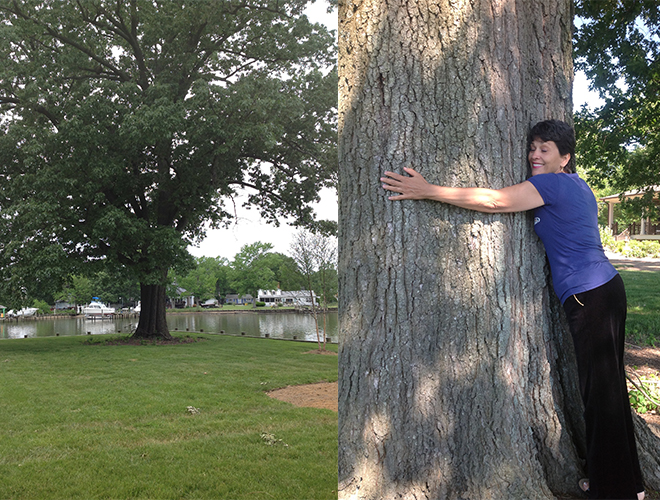'The Man Who Planted Trees: Lost Groves, Champion Trees, and an Urgent Plan to Save the Planet'

Still looking for the perfect beach book?
Add The Man Who Planted Trees to your summer reading list. You really can’t judge a book by it’s title- I would never have chosen to read this book without a personal recommendation. The way New York Times writer Jim Robbins has presented the material will change the way you look at trees and the planet.
The Man Who Planted Trees takes you on an extraordinary journey from a little nursery town in the midwest to the grand and magnificent forests of the Sequoias, tothe Redwoods in California,the Ulmo trees in Chile and Argentina, to the old growth forests of Ireland in search of Champion trees to clone. The goal is to restore the forests that have been whittled away by hundreds of years of misuse, pollution, and development. Climate change or global warming were not high on my priority list of causes until I read this book, but now I consider myself a bona fide tree hugger.
My husband and I are rebuilding our home on a small but well-situated piece of property on a creek in Anne Arundel County. This property is also home to an oak tree that my arborist believes to be about 200 years old.
I came to learn about the book from my house painter. After speaking to him about my oak tree he told me about a book he was reading called, The Man Who Planted Trees. His enthusiasm for this book about trees grabbed my attention. He made me promise to read the book.
I purchased it on my Kindle and never put it down. The title isn’t its selling point, but crack the cover and you’ve got a gem of a read. I’ve always loved trees. My grandmother had a framed poem about trees on her wall; my neighbor Mr. Volta always extolled the benefits of his trees to anyone who would listen; my parents had a beautiful double cherry tree in our back yard that put on a show every year; and, my husband Andy and I never miss our Spring ritual admiring the blossoms on the Tidal Basin. But I was never really passionate about the subject of trees until I read this book.
The book gives me the same sense of wonder that “Celestine Prophecies” or “Proof of Heaven” gives... you want the contents and ALL the facts to be real, but it feels like the writer has taken poetic license for the sake of a good read. That works for me.
The preface draws you in with the dramatic loss of the author’s own precious trees. You immediately become engaged in the real life drama of an infestation of insects taking down whole forests. As the reader, I became apprehensive and protective of the trees in my own surroundings. He underscores the importance and complexity of our ecosystem and makes you appreciative of trees and the dramatic effect they would have on our planet if there were none, and vidly illustrates the dramatic effect of a deforested earth.
As much as The Man Who Planted Trees is Jim Robbins’ story, the main character is David Milarch, a midwestern tree farmer, who had a near death experience. During his coma, he describes angels who came to him and told him that the planet is in trouble and without his help humanity was in jeopardy. The angels instruct him to clone the biggest, healthiest and oldest trees on the earth, and replant them, and in so doing, his work would continue the genetic line of the most spectacular trees in the world.
Robbins travels with Milarch during the cloning process and tells stories about cloning the precious Ponderosa pines, Bristlecone, Stinking Cedar and the Sequoia’s Redwoods, most of which are several hundreds of years old. He describes in detail the process and often the politics behind this noble cause.
From a local perspective, the author even talks about Maryland’s great Wye Oak, 500 years old before a storm toppled it in several years ago. Robbins interviewed local writer and horticulturist Frank Gouin, who cloned 30 champions from the Wye Oak the storm. I tracked him down in Deale and Frank elaborated on his efforts to clone the Wye Oak and other ancient trees.
Author Jim Robbins helps us realize that scientifically speaking, “We don’t know much about trees.We don’t know how they die, how they communicate, the myriad of crucial ways they filter water and air and otherwise support life on Earth.” It becomes clear that as the planet changes, trees and forest are essential to assuring its survival of the life systems.” He does a great job revealing the benefits and the science of trees-you’ll become forever a tree lover after you read this book.
I recommend that you move it to the top of your summer reading list. You won’t be sorry.
